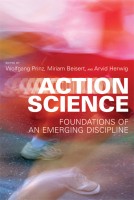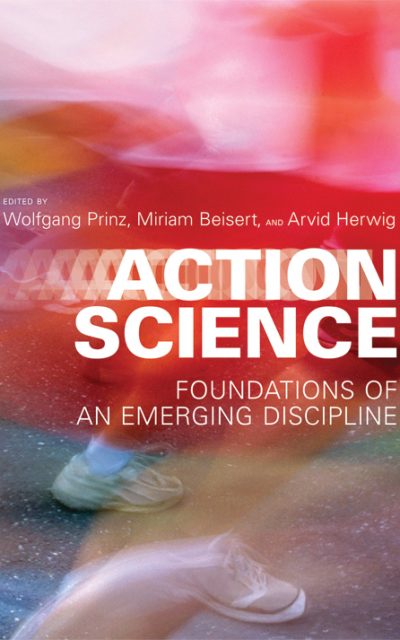 Editors: Wolfgang Prinz, Miriam Beisert, and Arvid Herwig
Editors: Wolfgang Prinz, Miriam Beisert, and Arvid Herwig
Publisher: MIT Press
Book Review by: Krishnan Ramamurthy
What is action science? Put simply, it is the science of human physical action.
But since action is dependent on attention, cognition, memory, perception, volition and other factors, a number of experts in these fields –28 of them- who know a lot about how these factors relate to action, have contributed their knowledge and insight to this book.
The main value of this book then, I believe, is that it is a single source of data, knowledge and insight in this exciting new field of action science. This is a relatively new field of inquiry and the collective research findings and unanswered questions in this area have been growing rapidly in the last few years.
The editors point out that a diverse range of theoretical and methodological approaches have been used by specialists in different areas of action science to look for answers to questions still outstanding. They share the common belief that “evolution has optimized cognitive systems to serve the demands of action.”
This work initially puts forth the knowledge acquired so far about how actions are controlled and learned. Then, it considers the different approaches to action science: ecological, developmental, neuro-cognitive, social, and volition. It lays out what has been learned about imitation and joint action; and about the relationships between action on the one hand, and cognition and volition on the other.
Following an Introduction on the emerging field of action science, the six parts of this book cover each of the five approaches named above, with an initial chapter that provides an overview of control and learning.
The editors state that a majority of the articles in this book originated from papers that were presented at the conference entitled “Perception and Action” held in June 2010 at the Center of Interdisciplinary Research (ZiF) at Bielefeld University in Germany. They point out this topic was first examined in the study year 1984-85. So this field of inquiry, at least on a collective basis, originated less than 30 years ago from today.
This volume does not consist solely of text. Diagrams, graphs, illustrations, mathematical equations and formulas, photos, sketches, x-rays and other types of images are interspersed throughout the book to make for easier exploration, learning, study and understanding. And lists of numerous reference materials (books, articles in journals, etc.) are provided at the end of each of the 16 chapters of this highly informative book.
I always find it refreshing to know that new fields of inquiry are emerging worldwide that enable us to better understand ourselves and the world around us, to make our lives better.
This book sheds new light on the fast-growing field of action science. The 28 contributors of material and the three editors who have painstakingly woven them all together in this readable book are to be congratulated and commended for their pioneering efforts in broadening the frontiers of knowledge relating to human physical action. This is an outstanding book of immense value in a new area of science that is less than three decades old as a collective endeavor.
Wolfgang Prinz is Director Emeritus of the Max Planck Institute for Human Cognitive and Brain Science in Leipzig, and the author of Open Minds: The Social Making of Agency and Intentionality (MIT Press, 2012)
Miriam Beisert is a research scientist for the Max Planck Institute for Human Cognitive and Brain Science in Leipzig
Arvid Herwig is a postdoctoral researcher and lecturer at Bielefeld University in Bielefeld, Germany.







